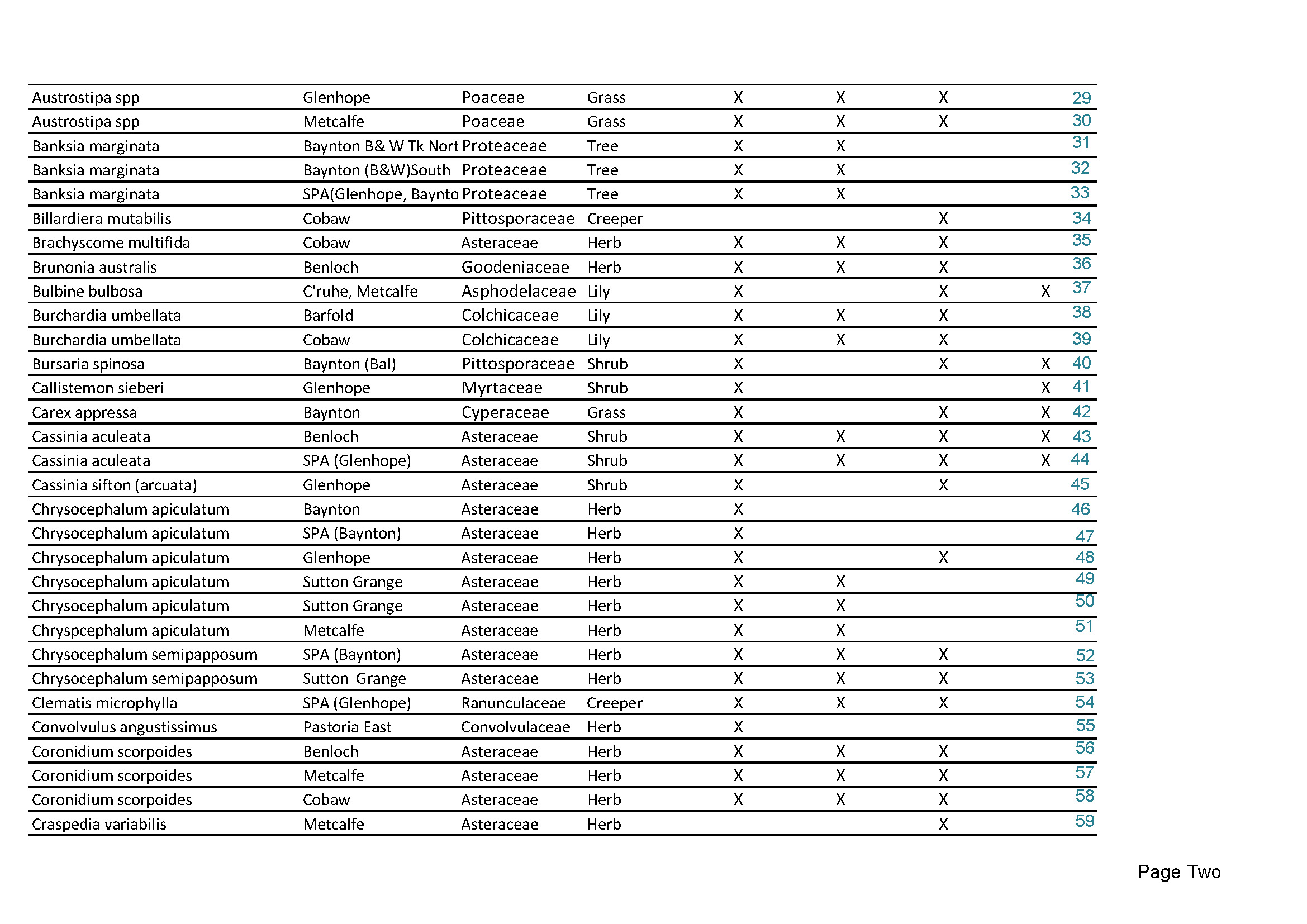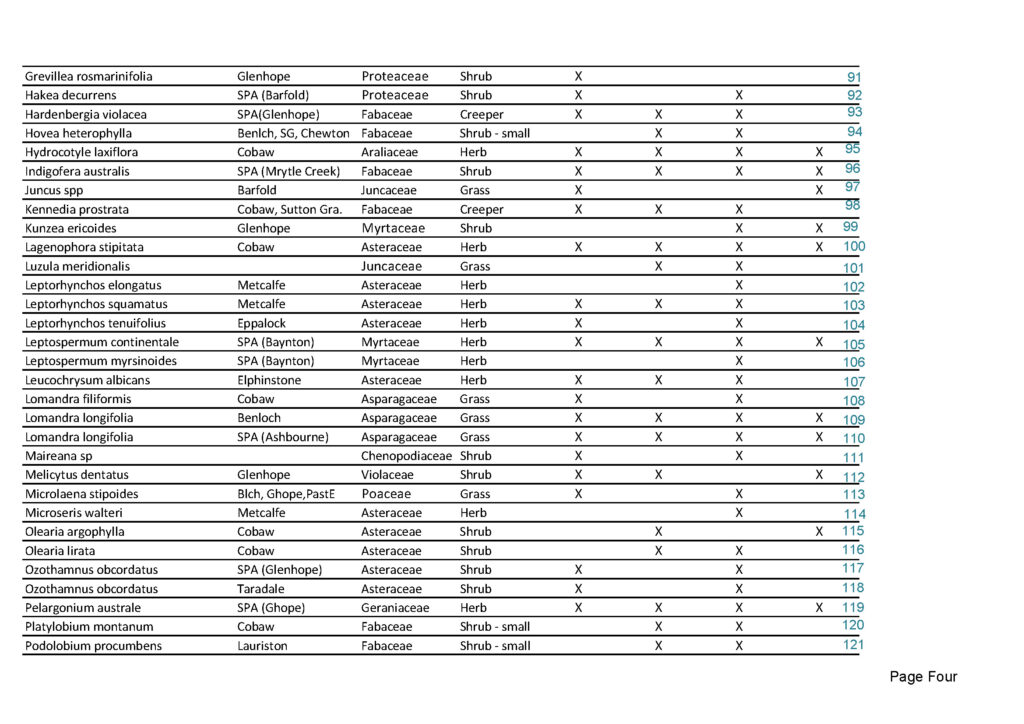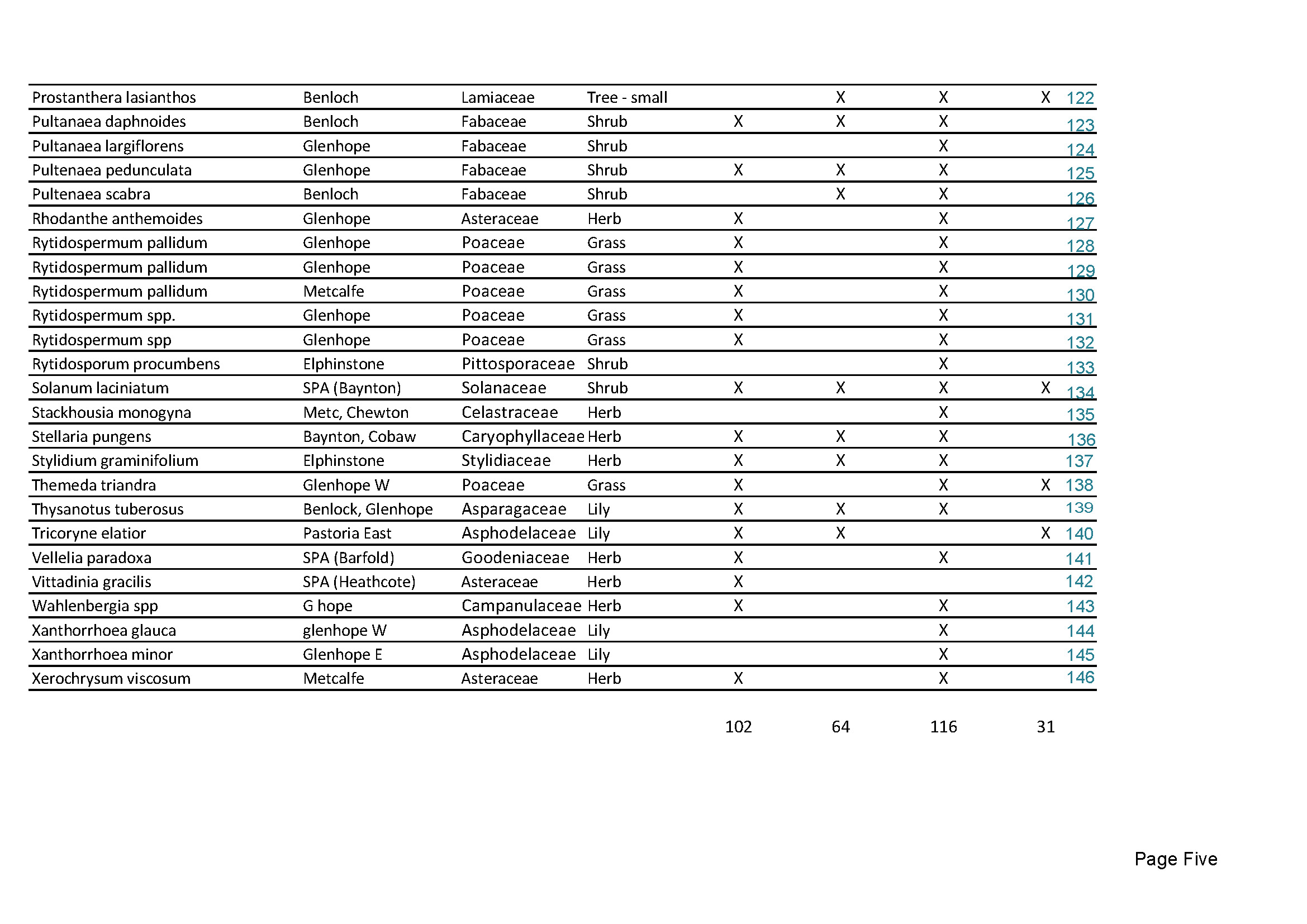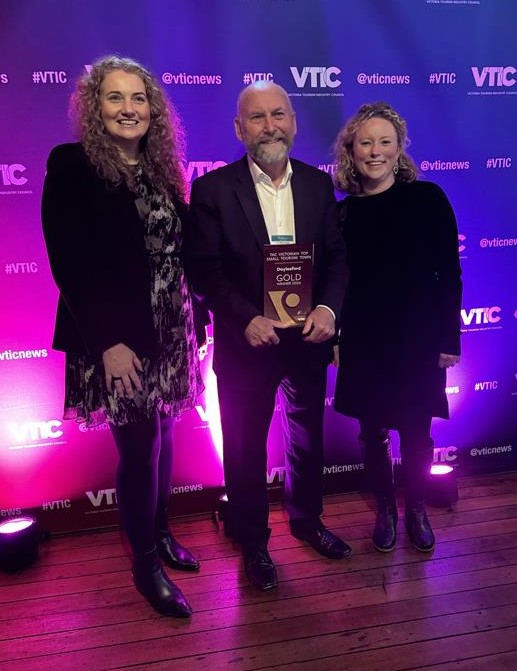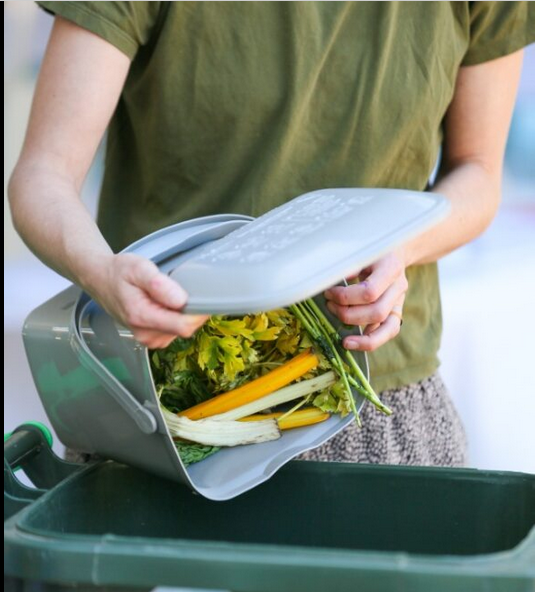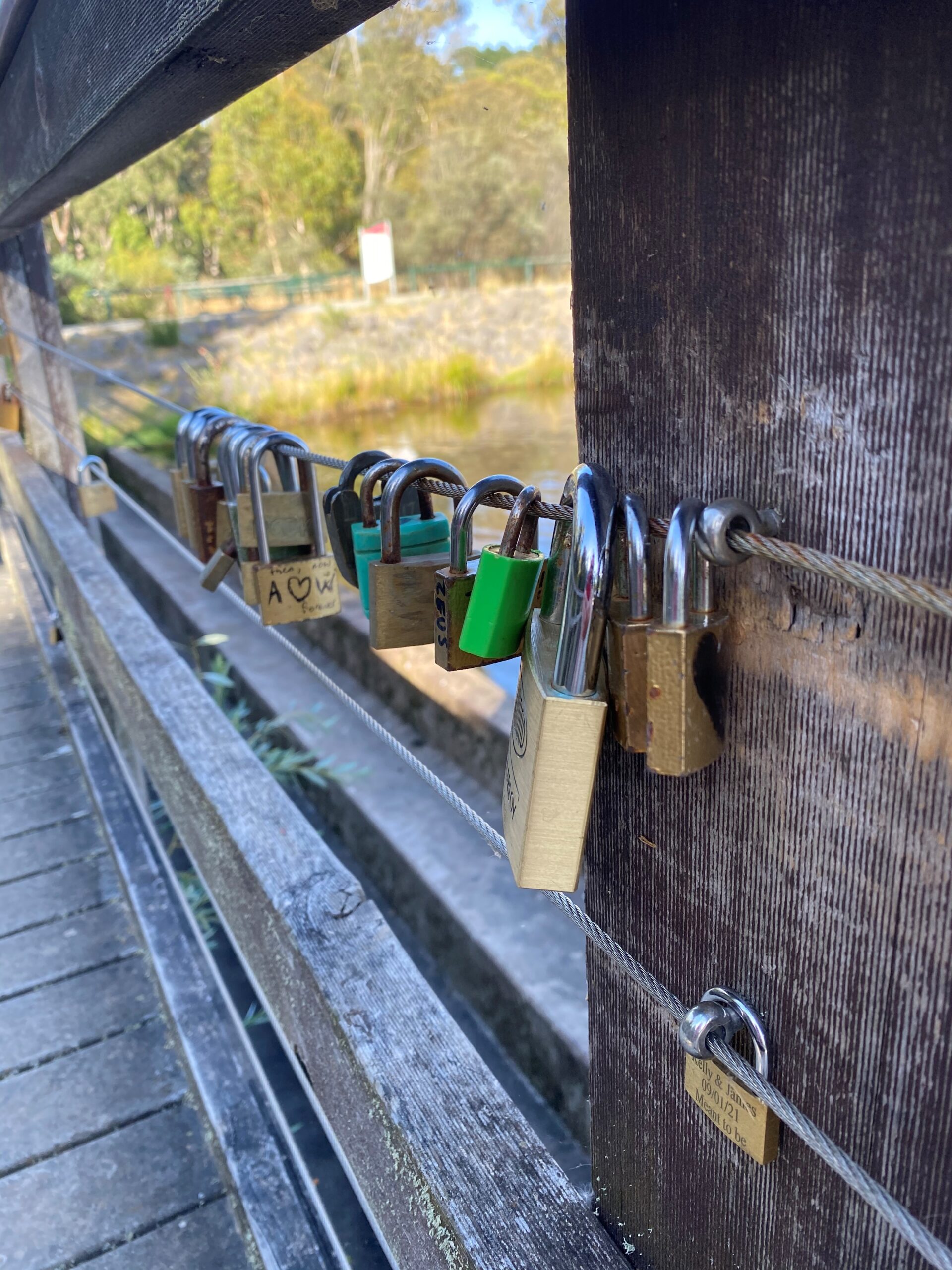August 12th, 2022The Pollinator Project – Seed Balls
Seed balls consist of the seed of one species or a variety of different species
rolled within a ball of clay.
For the Pollinator Project, we have chosen to add a native plant soil and
compost mix to the clay providing nutrients and protection for the seed during
throwing and sowing!!!
Seed balls have been used for centuries as a means of sowing seeds. The
technique was used in ancient Egypt to repair farms after the annual spring
flooding of the Nile. The Japanese farmer and philosopher Masanobu Fukuoka,
rediscovered the benefits of seedballs during WWII, using them to reclaim
land degraded by poor farming practices in rural Japan and as a
means of increasing farm land without disturbing the land designated for
rice production.
The benefits of using seed balls to plant are many and varied. They are easy
to distribute, as you simply lay the seed balls on top of the soil rather than
planting them, so no digging is required. The clay protects the balls until
there is enough rain to penetrate the balls and stimulate the seed to germinate.
The seed will sit dormant in its compost and clay ball until the weather
conditions are correct for germination. They are not likely to be blown away
in high winds so suit exposed sites. The balls can be used to plant on sloping
sites and under existing plantings.
As part of the Pollinator Project, Landcare members in the Upper Campaspe
Catchment will be trialling their use under shelterbelts, along creek and
roadsides, to increase biodiversity at existing revegetation sites, for new revegetation
sites and to plant out areas damaged after the storms that ravaged
the Catchment.
A free copy of Guide to the insects of Central Victoria will be available to all
attendees, see https://www.uppercampaspelandcare.org.au/your-guide-to-the-insects-ofcentral-
victoria/
Please join us
10am on Sunday 4th September
Glenlyon Hall, Barkly Street Glenlyon
RSVP
· GULGG members should RSVP to John Cottrell
(glenlyonlandcare@outlook.com) by 28 August.
· HGFW members should RSVP to Jill Teschendorff
(jt.bee@bigpond.com) by 28 August.
